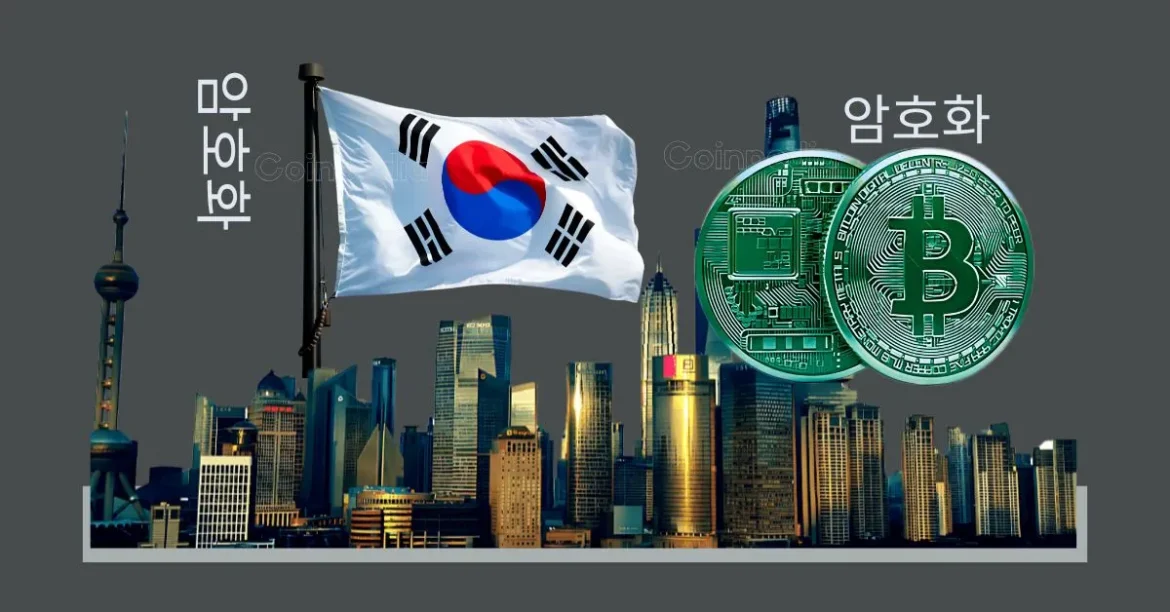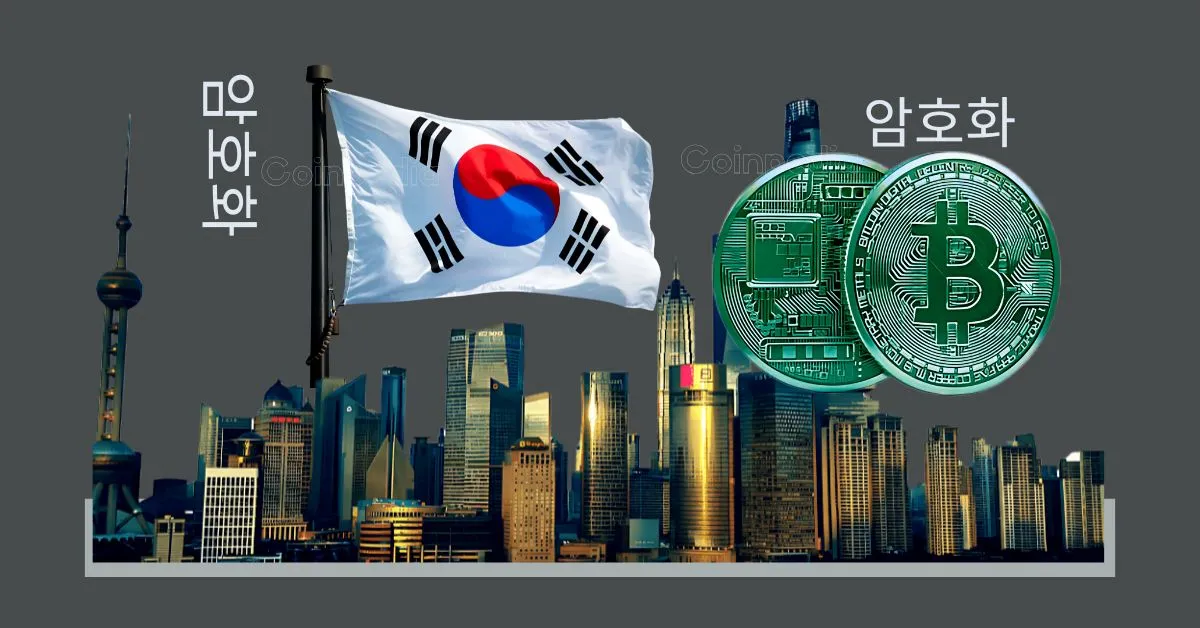The Rise of Kimchi Coins: Exploring the Sudden Surge in South Korean Cryptocurrencies
South Korea’s crypto landscape has recently captured global attention due to the explosive growth of so-called “Kimchi Coins,” a category of low-cap altcoins native to the Korean market. This surge is intertwined with a unique local phenomenon known as the “Kimchi Premium,” where cryptocurrency prices on South Korean exchanges trade significantly higher than on other global platforms. The combination of government-backed stablecoins, retail investor enthusiasm, geopolitical shifts, and market fundamentals has created an intriguing breeding ground for market dynamics that merit close examination.
—
Understanding Kimchi Coins and the Kimchi Premium
Kimchi Coins refer to smaller, local cryptocurrencies issued in South Korea. Typically characterized by low market capitalization and limited liquidity, these altcoins have recently experienced rapid price appreciation, fueled in part by speculative trading and government financial products. The term “Kimchi” draws cultural analogy from Korea’s famous dish, symbolizing their local origin and craft.
The Kimchi Premium is the price disparity where bitcoin and other cryptocurrencies are valued at a higher rate on South Korean exchanges compared to global markets. This phenomenon arises from several factors including intense local retail demand, capital controls restricting outbound crypto flows, and temporary arbitrage constraints. For instance, recent data show the Kimchi Premium peaking at over 9% to 10-month highs, signaling elevated local interest despite global crypto sell-offs.
—
Market Drivers Behind the Spike in Kimchi Coins
1. Government-Backed Stablecoins and Institutional Endorsement
A notable catalyst has been the rollout of a new government-backed stablecoin linked to the Korean won. This stablecoin provides a reliable fiat gateway and has driven significant trading volume into South Korean altcoins. The guaranteed reserve mechanism and regulatory backing have bolstered market confidence, encouraging new and existing investors to explore associated low-cap tokens.
The stablecoin surge indirectly supports speculative trading in Kimchi Coins as traders seek to capitalize on perceived undervaluation and momentum generated by state-endorsed financial innovation.
2. Retail Investor Activity and Speculation
South Korean retail investors play a pivotal role in shaping this market. A high level of bitcoin and altcoin trading activity, particularly from younger demographics utilizing sophisticated mobile trading apps, has heated up demand for Kimchi Coins. Increased retail participation intensifies price volatility, allowing for rapid price spikes based on sentiment and social media hype.
However, this enthusiasm also raises red flags about pump-and-dump manipulation schemes often orchestrated via messaging platforms like Telegram. With many Kimchi Coins exhibiting poor liquidity fundamentals, coordinated buying and dumping have become a concern, introducing systemic risk to retail traders.
3. Market Volatility and Political Factors
Recent political and economic developments have magnified the premium and volatility of local cryptocurrencies. For example, geopolitical tensions, including trade tariff conflicts and policy uncertainty under President Yoon Suk-yeol’s administration, have created market noise prompting investors to seek hedges in crypto assets.
Martial law declarations and related interventions briefly caused double-digit price volatility in Bitcoin and altcoins within South Korea, further exacerbating the Kimchi Premium as traders adjusted to liquidity shocks and arbitrage delays.
—
Regulatory Environment and Its Impact on Kimchi Coins
South Korea is known for periodically tightening its stance on cryptocurrency exchanges and tokens, leading to a wave of delistings and market purges. The government and regulatory bodies have targeted “meme coins” and Kimchi Coins lacking practical use cases, warning of their vulnerability to crashes during market corrections. This regulatory scrutiny adds pressure on the ecosystem, compelling exchanges to weed out low-quality tokens.
The regulatory tightening also impacts the liquidity and availability of Kimchi Coins, as several popular tokens have been removed from won-denominated trading pairs. This cleansing aims to protect investors but might increase volatility and reduce market depth for remaining coins.
—
Arbitrage and Market Implications: Capitalizing on the Premium
The Kimchi Premium presents unique arbitrage opportunities, although constrained by capital controls restricting cross-border crypto flows. Savvy traders historically profited by buying cryptocurrencies cheaper on foreign exchanges and selling them in South Korea for a premium. However, logistical and regulatory hurdles, including delays in moving fiat and crypto, limit the scalability of these arbitrages.
This price gap exposes market inefficiencies and reflects South Korea’s unique financial ecosystem where international capital mobility limitations intersect with hyperactive local demand.
—
Broader Crypto Market Context and Kimchi Coins’ Future
While Kimchi Coins are grabbing headlines with their rapid price ascent, the broader cryptocurrency market remains highly volatile and influenced by global macroeconomic factors. The ongoing influx of institutional trading and new products like CME futures on coins such as XRP signal that South Korean crypto markets integrate both local retail exuberance and deeper institutional trends.
The Kimchi phenomenon underscores a dual-edged sword: while it propels innovation and market liquidity, it also amplifies risks of volatility, manipulation, and potential investor losses amid tightening regulatory regimes.
—
Conclusion: Navigating the Kimchi Coin Frenzy
The sudden spike in Kimchi Coins spotlights South Korea as a dynamic, sometimes unpredictable, crypto frontier where government innovation, retail passion, local cultural elements, and regulatory shifts converge. The Kimchi Premium phenomenon serves as both a barometer of local investor sentiment and a catalyst for volatile price action.
Investors and observers must balance the excitement of robust local demand and institutional endorsements against the risks of market manipulation, regulatory crackdown, and liquidity constraints. As South Korea continues shaping its crypto regulations and market infrastructure, the Kimchi Coin saga remains a compelling case study for how regional factors can uniquely shape global cryptocurrency flows and valuations.
—
Sponsor
Interested in the South Korean crypto market and the “Kimchi Premium”? Check out Novakid Global ARABIC if you’re also looking to invest in your child’s future. Novakid offers engaging online English lessons for kids aged 4-12 with native-speaking teachers, helping them gain a strong foundation for future academic success, just like understanding the crypto market can set them up for financial literacy. It’s an investment in their future, providing them with valuable skills to navigate a globalized world, similar to how understanding cryptocurrency can help them navigate the future of finance. With Novakid, your child can learn English in a fun and interactive environment, preparing them for the challenges and opportunities ahead.





